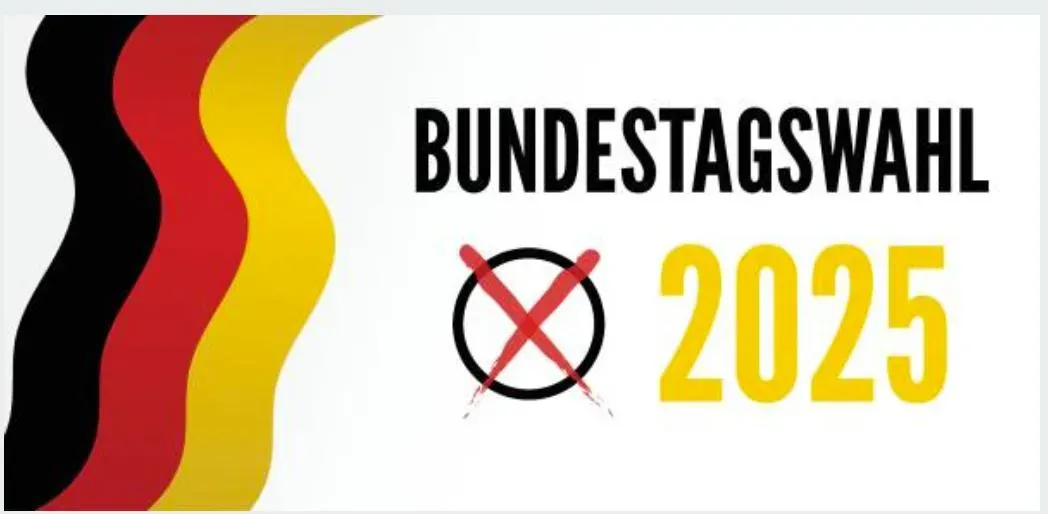
Germany’s Election Blueprint: A Trust-Building Model For America
Author: Kim Hermance, President, Project CIVICA
On February 23, 2025, an impressive 82.5% of Germans participated in a federal election, casting approximately 48.9 million hand-counted ballots at polling stations. Preliminary results were announced just hours after polls closed at 6 PM, determining the election of 630 Bundestag members—Germany's parliament—through in-person voting on a Sunday or via mail-in ballots (https://ecre.org/germany-federal-election-2025/). In stark contrast to the United States, where costly machines fuel voter distrust, results can lag for weeks in some states, and voter participation remains sluggish, Germany has perfected an efficient, transparent, and accurate hand-counted election process. This system not only boosts voter turnout but also reduces administrative burdens (https://en.wikipedia.org/wiki/2025_German_federal_election). Here’s how they achieve it—and why America should take note.
German citizens aged 18 or older, as defined by Article 116(1) of the Basic Law, are automatically registered to vote based on residency (https://www.bmi.bund.de/EN/topics/constitution/electoral-law/bundestag-elections/bundestag-elections-node.html). Local authorities maintain up-to-date voter lists using population records, seamlessly adjusting for moves between cities or districts. Weeks before the election, voters receive a mailed polling notification detailing their polling station, voting instructions, and how to request a mail-in ballot. Those who don’t receive it or spot errors must notify their local election office by a deadline—typically three weeks prior. Polling districts are capped at 2,500 residents, ensuring manageable, localized oversight. (https://www.bmi.bund.de/EN/topics/constitution/electoral-law/bundestag-elections/bundestag-elections-node.html )
About 30% of voters opt for mail-in ballots, a process secured by requiring name, address, date of birth, signature, and a declaration of authenticity. Ballots must arrive by 6 PM on election day, with signatures verified against registration records. To prevent double voting, mail-in requesters are flagged in the electoral register; they can only vote in person by surrendering an unused mail-in ballot or proving it was lost or never received. Strict chain-of-custody protocols apply, and counting occurs publicly with observers from the public, media, and political parties present. Mail-in voting is free—no postage required—but late arrivals are invalid. Voters seal their completed ballot, polling card, and signed declaration in a red postal envelope. For added security, if a ballot is sent to an alternate address, a notification goes to the voter’s official residence.
Election day, held on a Sunday, accommodates most citizens’ schedules. Voters present a valid ID—typically a national identification card or passport—and election workers verify eligibility against the electoral register. Voting ends at 6 PM. Ballots, printed on official paper with anti-fraud features, are issued only at authorized polling stations or through verified mail-in requests. Each ballot is tracked and tied to a specific voter’s eligibility.
When polls close members of the election committee manually count the ballots at each location. They separate the “first vote” (for a direct constituency candidate) from the “second vote” (for a political party, determining proportional representation). Both are tallied independently, with unclear or mismarked ballots reviewed for validity. Counts are checked multiple times, reported locally, then aggregated at state and national levels. Preliminary results typically emerge by 9 PM that evening, all under public scrutiny (https://erlangen.de/en/aktuelles/bundestagswahl-2025).
Germany’s paper-based, standardized process—open to observation—builds unshakable trust. Fraud is virtually nonexistent thanks to robust safeguards. Nations like France, Great Britain, and Taiwan also rely on manual, paper-based elections, prioritizing transparency (public oversight ensures credibility), security (no hacking risks), and accuracy (no machine errors). As Americans’ confidence in election integrity plummets, abandoning costly, distrusted machines for a simple, efficient system could restore faith.( https://heartland.org/opinion/heartland-rasmussen-poll-large-majority-of-voters-62-are-concerned-cheating-will-impact-2024-election/ ) Germany’s model offers a compelling blueprint: transparent, reliable, and voter friendly. It’s time for America to rethink its approach and reclaim trust in its democratic election process.
View photos of Sunday’s Election in Germany from AP News here.
To read a short interview from a German Poll worker about her day click here.
Visit ProjectCivica.org to learn more about Hand-Counting Ballots or to sign up for or host a Hand-counting training in New York State.
Recent Stories
-
Headline USAEXCLUSIVE: Election-Integrity Watchdog Sees Real Possibility of New York Flipping Red
-
SubStack.com | Project CivicaSecuring the Future: The Vital Role of Election Integrity in Our Constitutional Republic
-
SubStack | Project CivicaGermany’s Election Blueprint: A Trust-Building Model For America
-
Substack.com | Project CivicaThe Power of Participation
-
Substack.com | Project CivicaOrdo Amoris: Have we inverted civic responsibility?
-
SubStack.com | Project CivicaRanked Choice Voting: Modern Innovation or Another Bureaucratic Shell Game?
-
SubStack | Project CivicaRanked Choice Voting: A Trojan Horse for One-Party Rule?
